Are Protein Supplements Beneficial?
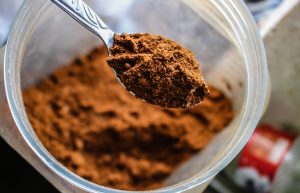 At Habitat Health and Fitness in Lakeland, Florida, FL, we focus on fitness through exercise, but that doesn’t mean we discount other lifestyle changes that can make you healthier. Eating healthy should be a top priority. Some people question whether protein supplements should be used on that quest toward a healthier body. As with most things related to fitness, it all depends on you and your needs. Protein supplements can be quite beneficial for some and unnecessary or even dangerous for others. Older people who may have a difficult time of eating and don’t process protein as efficiently, may benefit from a supplement.
At Habitat Health and Fitness in Lakeland, Florida, FL, we focus on fitness through exercise, but that doesn’t mean we discount other lifestyle changes that can make you healthier. Eating healthy should be a top priority. Some people question whether protein supplements should be used on that quest toward a healthier body. As with most things related to fitness, it all depends on you and your needs. Protein supplements can be quite beneficial for some and unnecessary or even dangerous for others. Older people who may have a difficult time of eating and don’t process protein as efficiently, may benefit from a supplement.
Taking a supplement doesn’t replace healthy eating.
One of the biggest mistakes I’ve seen is people that take a fistful of supplements in the morning and wash them down with a protein supplement as a breakfast or lunch. That’s the wrong way to use supplements. There are phtonutrients in plants that you can’t get in a supplement. Real food has the right balance of nutrients to work in synergy for a healthier body, plus you get the satisfaction of eating, which is one of life’s pleasures.
Not everyone needs a protein supplement.
There are a lot of things that determine the amount of protein you need. If you’re working hard to build muscles, your protein requirement increases. That doesn’t mean you have to get all your protein from supplements, they’re called supplements for a reason. People who have tough workout schedules and seniors are not the only people that may need more protein. Your weight and sex also determines the amount of protein you need.
You should do your homework before choosing a protein supplement.
While some protein supplements may contain other healthy ingredients, such as vitamins and minerals, they may also contain some not so healthy ones. If you’ve ever tasted protein powder with no additives, you know it doesn’t taste good. That’s why some manufacturers add ingredients to make it more palatable, like sugar or thickeners to give a better consistency. Some supplements even have chemicals to extend their shelf life. Protein supplements aren’t regulated by the FDA, so private organizations that test them sometimes find everything from rat feces to metal shavings in them.
- If you’re in a rush and don’t have time for a meal, adding fruits and vegetables to a protein shake can fill the gap, but shouldn’t be used on a regular basis.
- If you opt for a protein bar, read the ingredients first. Many of these types of supplements are more like candy bars than healthy options. If you find a good supplement, use it only as a supplement and don’t over use it. Remember it has extra calories, too.
- You can get too much protein. It can lead to seizures, blood vessel disorders, liver disease, kidney failure and cardiovascular disease. Protein deficiency is very rare in developed nations.
- Check the label of the supplement for a third party endorsement or seal. For example, Clean Label Project tests for contamination and tests for truth in labeling.
For more information, contact us today at Habitat Health & Fitness

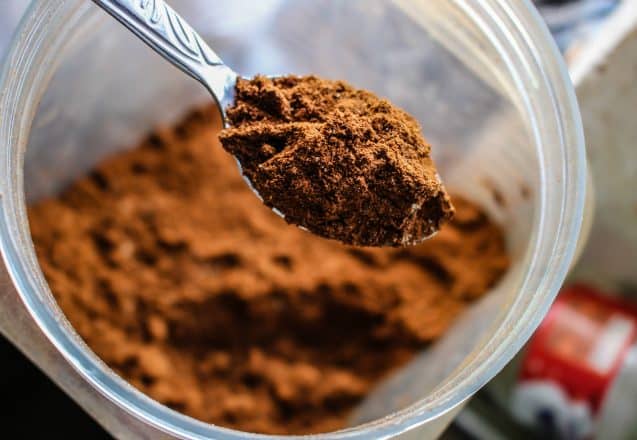

 If you run miles a day and do tons of cardio workouts to burn belly fat, but find you’re not getting the results you want, there’s a reason. Steady state cardio isn’t necessarily the best route to take. Belly fat—visceral fat—is the hardest type of fat to lose. There’s no special exercise to take it off your belly either, since spot exercises simply don’t work that way. To lose belly fat, you have to lose fat all over your body. While cardio does burn calories, there are downsides to cardio that can sabotage your efforts.
If you run miles a day and do tons of cardio workouts to burn belly fat, but find you’re not getting the results you want, there’s a reason. Steady state cardio isn’t necessarily the best route to take. Belly fat—visceral fat—is the hardest type of fat to lose. There’s no special exercise to take it off your belly either, since spot exercises simply don’t work that way. To lose belly fat, you have to lose fat all over your body. While cardio does burn calories, there are downsides to cardio that can sabotage your efforts.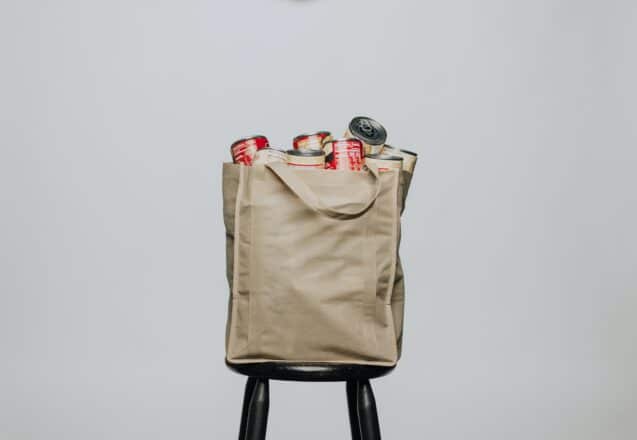
 There’s a reason that food labels provide nutritional information. It’s to help you understand what you’re eating and the nutrients or additives that food contains. You can watch people in any grocery aisle in Lakeland, FL, and at least one or two are reading labels. A lot of the time they end up tilting their heads quizzically or trying to hold their glasses differently to read the small print. It’s supposed to make eating healthier easier, but, does it? The answer is yes. Once you understand what the label is telling you, healthy eating is easier.
There’s a reason that food labels provide nutritional information. It’s to help you understand what you’re eating and the nutrients or additives that food contains. You can watch people in any grocery aisle in Lakeland, FL, and at least one or two are reading labels. A lot of the time they end up tilting their heads quizzically or trying to hold their glasses differently to read the small print. It’s supposed to make eating healthier easier, but, does it? The answer is yes. Once you understand what the label is telling you, healthy eating is easier.
 For years, eating breakfast has been praised as important for your health. While that might have been extremely important when most Americans made their living farming and the work was grueling physically, is it that important now? The first meal of the day does help improve cognitive performance, focus and task performance in children, so for children it’s extremely important. Once the child reaches adulthood, then whether breakfast is beneficial or not is up for grabs and often a matter of personal preference.
For years, eating breakfast has been praised as important for your health. While that might have been extremely important when most Americans made their living farming and the work was grueling physically, is it that important now? The first meal of the day does help improve cognitive performance, focus and task performance in children, so for children it’s extremely important. Once the child reaches adulthood, then whether breakfast is beneficial or not is up for grabs and often a matter of personal preference.
 You might not ever think about the need for good workout shoes or have them further down the list of necessities, but they are far more important than having the latest stylish workout outfit. If you don’t have good foot support, you could find yourself benched because of ankle or foot injuries. Your feet go through a lot of stress during exercise. At the least, they’re the grounding force and hold up your entire body. They need to be cushioned and supportive, so when you twist and turn or land back on the ground after you jump, they’re protected.
You might not ever think about the need for good workout shoes or have them further down the list of necessities, but they are far more important than having the latest stylish workout outfit. If you don’t have good foot support, you could find yourself benched because of ankle or foot injuries. Your feet go through a lot of stress during exercise. At the least, they’re the grounding force and hold up your entire body. They need to be cushioned and supportive, so when you twist and turn or land back on the ground after you jump, they’re protected.
 Many clients start out at Habitat Health and Fitness in Lakeland, Florida, dreading their new adventure to get back into shape, but soon change their attitude toward fitness. If you’ve ever tried to get fit before and failed, your attitude is the first thing you need to check at the door of the gym. Why? A bad attitude not only uses too much energy that could be better directed into doing something great for yourself or others, but it also is almost a guarantee you’ll find an excuse to quit your fitness goals. The good news is that you can change how you think about fitness.
Many clients start out at Habitat Health and Fitness in Lakeland, Florida, dreading their new adventure to get back into shape, but soon change their attitude toward fitness. If you’ve ever tried to get fit before and failed, your attitude is the first thing you need to check at the door of the gym. Why? A bad attitude not only uses too much energy that could be better directed into doing something great for yourself or others, but it also is almost a guarantee you’ll find an excuse to quit your fitness goals. The good news is that you can change how you think about fitness.
 Many of my clients at Habitat Health and Fitness in Lakeland, FL, ask me about a variety of different fitness techniques and options. One that I find particularly good and have said so before is planning your meals and cooking them for a week at a time. It not only helps people stick with a healthy plan of eating, it makes it easier, saves time and money. People ask how to start meal planning and exactly what it is. Typically, it’s planning a week’s worth of meals during the week, often on Wednesday because grocery sales are announced, then create a grocery list. Shopping is done after you eat on Thursday or Friday and meals are cooked for the next week over the weekend.
Many of my clients at Habitat Health and Fitness in Lakeland, FL, ask me about a variety of different fitness techniques and options. One that I find particularly good and have said so before is planning your meals and cooking them for a week at a time. It not only helps people stick with a healthy plan of eating, it makes it easier, saves time and money. People ask how to start meal planning and exactly what it is. Typically, it’s planning a week’s worth of meals during the week, often on Wednesday because grocery sales are announced, then create a grocery list. Shopping is done after you eat on Thursday or Friday and meals are cooked for the next week over the weekend.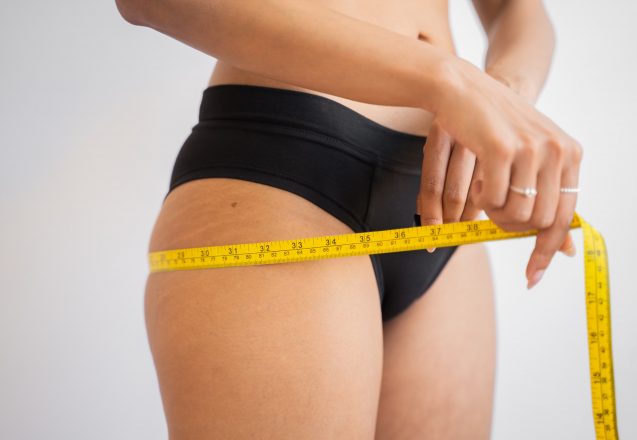
 What is BMI, and is it a good measure of your health? BMI—body mass index—uses your height to weight ration to determine the amount of body fat you have. The more body fat, the more potential there is for poor health. However, it’s not always a true picture or the final verdict. For instance, people with a great deal of muscle mass might appear on paper to be overweight, since a cubic inch of muscle tissue weighs more than a cubic inch of fat tissue. However, that’s simply not true. BMI also doesn’t take account bone density or the composition of a person’s body.
What is BMI, and is it a good measure of your health? BMI—body mass index—uses your height to weight ration to determine the amount of body fat you have. The more body fat, the more potential there is for poor health. However, it’s not always a true picture or the final verdict. For instance, people with a great deal of muscle mass might appear on paper to be overweight, since a cubic inch of muscle tissue weighs more than a cubic inch of fat tissue. However, that’s simply not true. BMI also doesn’t take account bone density or the composition of a person’s body.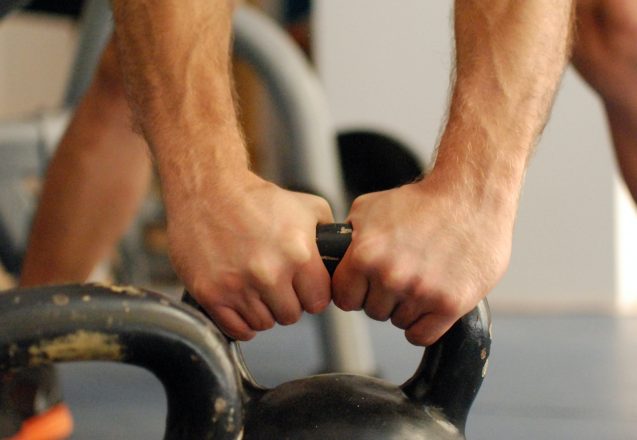
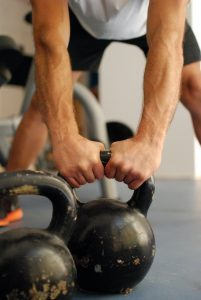 We use a lot of different types of equipment at Habitat Health and Fitness in Lakeland, FL. For strength building, one of our favorites is kettlebells. Not only does working with kettlebells make the workout more intense, so you’ll get more benefit in less time used, it also works the whole body and addresses other forms of fitness besides strength, such as balance, flexibility and endurance. Kettlebell workouts are great for people all fitness levels. It’s all a matter of choosing the right weight of kettlebell and learning the proper form.
We use a lot of different types of equipment at Habitat Health and Fitness in Lakeland, FL. For strength building, one of our favorites is kettlebells. Not only does working with kettlebells make the workout more intense, so you’ll get more benefit in less time used, it also works the whole body and addresses other forms of fitness besides strength, such as balance, flexibility and endurance. Kettlebell workouts are great for people all fitness levels. It’s all a matter of choosing the right weight of kettlebell and learning the proper form.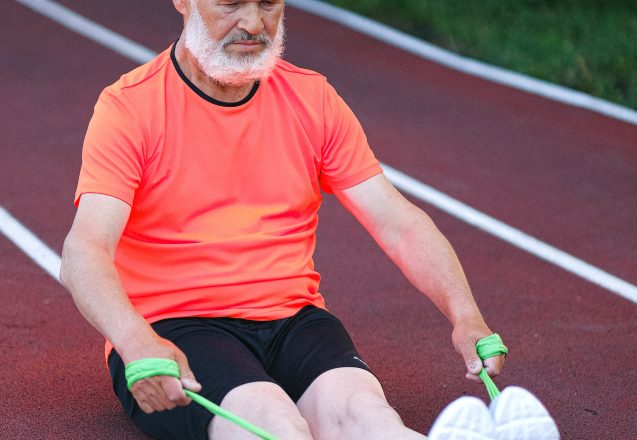
 Have you recently had an injury or suffered from an overuse injury? Does arthritis or bursitis cause pain when you move your knee. If you’ve already seen your doctor, and he gave the okay to exercise, finding movements that are kind to your knees is important. In some cases, your doctor may even suggest physical therapy where you’ll get a list of exercises that not only build strength and provides a cardio workout, also can build strength around the knee muscle and help relieve pain.
Have you recently had an injury or suffered from an overuse injury? Does arthritis or bursitis cause pain when you move your knee. If you’ve already seen your doctor, and he gave the okay to exercise, finding movements that are kind to your knees is important. In some cases, your doctor may even suggest physical therapy where you’ll get a list of exercises that not only build strength and provides a cardio workout, also can build strength around the knee muscle and help relieve pain.